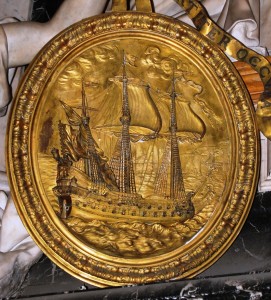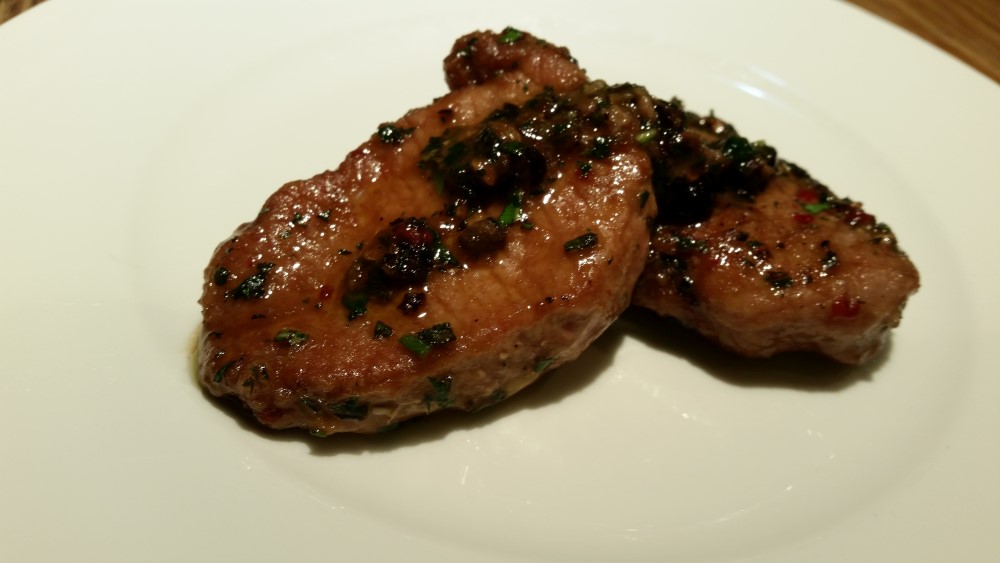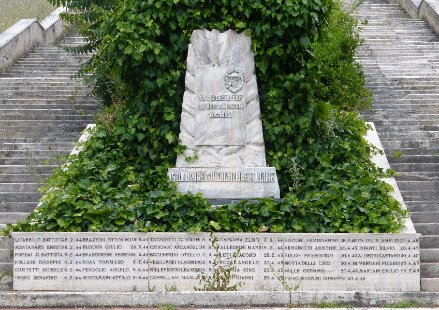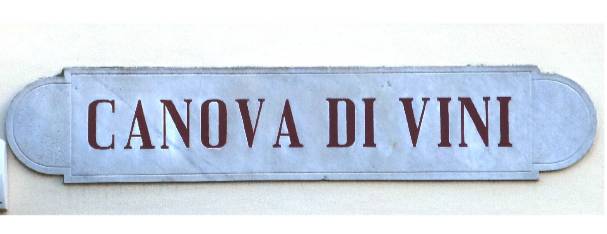
Many will have wondered what is that small hut on the wall at the corner of Via della Nave and Via delle Sentinelle.
The wall surrounds the property of the villa di Ripalta which the Marquis Francesco Feroni purchased in 1692 and sumptuously restored. He built two sentry boxes for guards at the opposing angles, from which the villa took the name delle Sentinelle (of the sentinels). But history seems different. It is said that one of his relations fell in love with the Grand Duchess to the ire of her husband who punished the bold subject, sentencing him to exile in the villa and, so the order could be respected, he built the watchtowers and placed the sentinels there.
But who was Francesco Feroni? Born in 1614, the son of a farmer, after having worked in a dry cleaner’s, moved to Livorno with the Buonaccorsi bankers who offered him the management of their bank in Amsterdam. Specializing in the export of cereals, he set up his own business by renting 16 ships to transport 61,000 tons of wheat from the Baltic to Italy.
In 1650 he bought a ship that he called La Speranza (Hope) and took on another type of trade. The ship would depart from Holland with a load of textiles and alcohol, reached Guinea where he traded goods and “Moorish slaves” who he took to the New World to sell them to merchants – like him – without any qualms. From here, the ship left again for Europe filled with new products such as tobacco, cocoa, sugar and even gold, silver and precious stones.
With the huge profits he obtained, he equipped a real fleet whose flagship was the ship named San Giovanni e San Cosimo in honor of Florence and Cosimo de’ Medici, who was his guest in the palace in Amsterdam and of whom he became fiduciary agent.
As soon as he was elected Grand Duke, Cosimo III invited him to return home and sold him the great estate of Bellavista in Valdinievole which granted him the title of Marquis. He appointed him senator, superintendent of the mines and minister of the Mint with the task of administering the Medici assets and state finances.
In Florence he bought the building towards the Santa Trinita bridge, which today belongs to the Ferragamo. He died in 1695 leaving a colossal fortune and an impressive collection of works of art, now in the Uffizi. On his grave in the SS. Annunziata – designed by Foggini – dominates a golden shield with a galleon: La Speranza (Hope) (pictured).
Massimo Casprini








